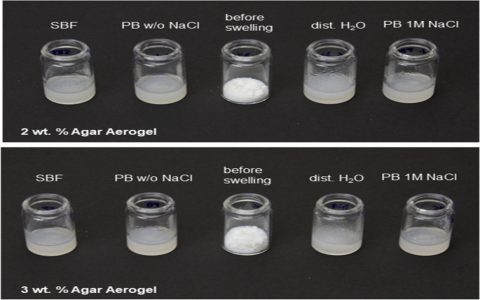Aerogel insulation bags represent a significant technological leap over conventional insulating bags (like foam-lined coolers or cotton totes), primarily due to the exceptional properties of aerogel itself. Understanding the core differences is crucial for selecting the right tool.
The Defining Difference: Thermal Insulation
- Aerogel Bags: Utilize solid aerogels, the world's lowest-density solids with thermal conductivities typically between 0.012 - 0.020 W/m·K at ambient conditions. This creates an extremely effective thermal barrier, significantly slowing heat transfer (both in and out). They excel in passive temperature maintenance over extended periods.
- Regular Insulating Bags: Rely on materials like polyurethane foam, polyester fiberfill, or simple fabric layers with thermal conductivities ranging from 0.030 W/m·K (good foam) up to >0.050 W/m·K (basic fabrics). These provide insulation, but their performance is significantly lower than aerogel. Heat transfer occurs faster, requiring ice packs or shorter holding times.
Key Performance Implications
- Temperature Stability Duration: Aerogel bags maintain target temperatures (hot or cold) far longer than regular bags with the same insulation thickness, often by factors of 2x to 5x. This is critical for sensitive pharmaceuticals, perishables, or long-distance transport without power.
- Weight & Thickness Efficiency: Aerogel achieves superior insulation with thinner profiles and lower weight compared to conventional insulation needing greater bulk for similar performance. Thinner, lighter aerogel linings outperform thick foam.
- Energy Efficiency (Passive Cooling/Heating): The ultra-low thermal conductivity of aerogel means less energy (in the form of ice packs or heating elements) is required to achieve and maintain the desired temperature compared to regular bags.
Practical Considerations
- Application Focus: Aerogel bags are specialized tools for applications demanding maximum thermal protection, long hold times, or extreme weight/size constraints (e.g., scientific samples, high-value biologics, expedition gear). Regular bags are cost-effective for everyday, shorter-term needs like grocery trips or short picnics.
- Physical Durability: While robust as a composite material within bag linings, pure aerogel monoliths can be brittle. Regular bag materials (foam, fabric) generally offer good impact resistance and flexibility for rough handling.
- Cost: Aerogel remains a premium material. Aerogel bags command a higher price point than most regular insulating bags, reflecting the advanced material cost and performance.
In summary, the fundamental difference lies in the orders-of-magnitude superior thermal resistance provided by aerogel. This translates directly into vastly improved thermal retention duration, superior passive efficiency, and the ability to achieve high performance with thinner, lighter designs compared to conventional insulating materials used in regular bags.







